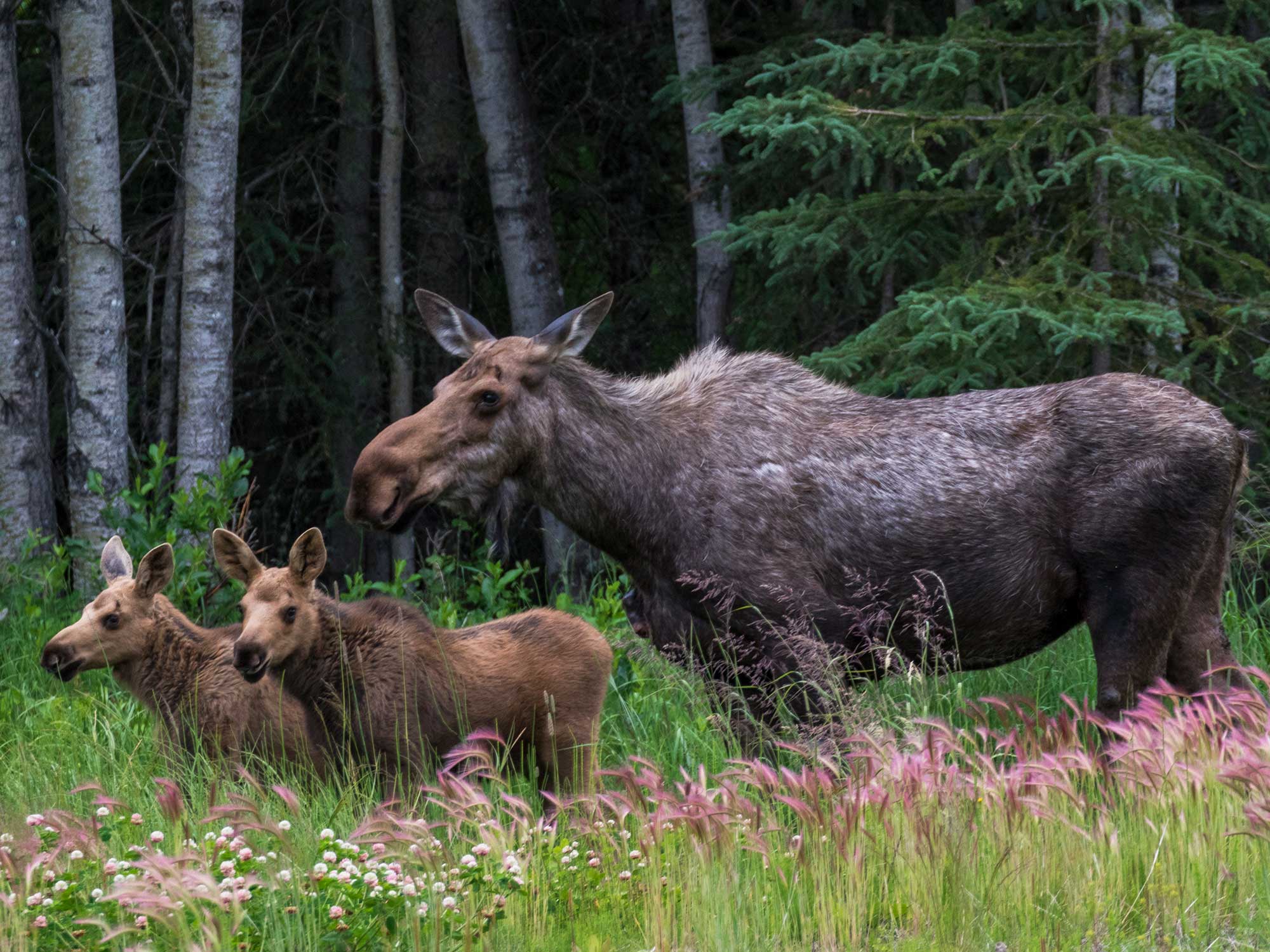

This article was originally featured on Field & Stream.
Maine is moose country. Outside of Alaska, it has the country’s largest population of the world’s largest cervid. But the Pine Tree State’s iconic animal is under threat from a far smaller creature. Since winter, in a corner of the state with the highest concentration of moose, encompassing parts of Piscataquis and Somerset counties, 86 percent of calves tracked by scientists have died. The culprit in most cases: winter ticks.
Lee Kantar, the lead moose biologist with the Maine Department of Inland Fisheries and Wildlife, told Maine Public Radio, “You look at one data sheet after another of what we found in the woods on these moose and it’s the same profile every time: it is winter tick.” Sixty of 70 calves collared in the fall did not survive their first year.
Winter ticks, or moose ticks, which scientists first documented in Maine in the 1930s, prey mostly on moose. In autumn, their larvae form large interlocking clusters on forest vegetation. As moose wander the woods far and wide during the fall breeding season, the clusters cling to them. The arachnids feed on their hosts throughout the winter, dropping off in the spring to lay their eggs. The eggs hatch in the summer and the cycle begins again.
Winter, though, has traditionally limited the damage that winter ticks inflict on moose. Early fall snow or cold snaps kill many of the larvae before they find a host. Late spring snow can also kill many eggs. Climate change, however, has been a boon for the ticks—and a bane for the moose.
Alexej Siren, a postdoctoral researcher at the University of Vermont who works with Kanter, said: “The winters have shortened and the falls are longer, which means longer time for those ticks to quest and actively seek their host, which means (moose) have accumulated much more on them.”
Some moose end up with infestations of over 100,000 ticks. A century ago, Maine’s moose population had dwindled, mostly due to overhunting, to around 2,000. But conservation efforts since then have restored the official state animal’s number to over 70,000. Maine carefully manages its moose, using helicopters to locate and collar them, and establishing different hunting regulations in 21 distinct districts. The state’s moose population remains stable, but this year’s calf die-off, which is the worst recorded so far, coupled with worsening reproduction rates, is an alarming trend.
